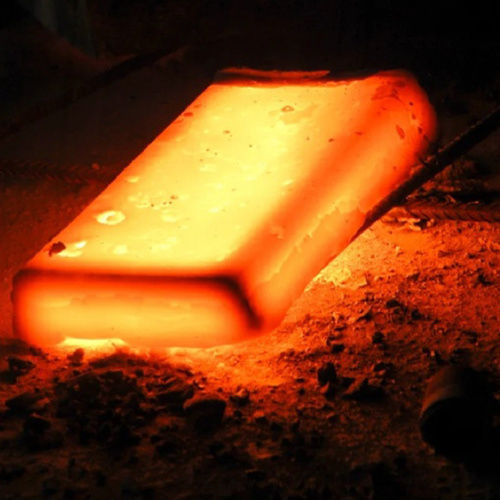Annealing Services
Annealing Services Trade Information
- Minimum Order Quantity
- 1 Kilograms
- Payment Terms
- Cash on Delivery (COD), Cash Advance (CA), Cash in Advance (CID), Cheque
- Main Domestic Market
- All India
About Annealing Services
The term annealing refers to a heat treatment in which a materialis exposed to an elevated temperature for an extended time period and thenslowly cooled.
According to ASTM, annealing is defined as a softening processconsisting of heating the steel to a temperature at or near the critical point,holding there for a proper time and then allowing it to cool slowly in thefurnace itself.
Three stages of annealing process (or Annealing cycle): Any annealing process consists offollowing three stages:
1. Heating to the desired temperature.
2. Holding or 'soaking' at that temperature.
3. Cooling or 'quenching', usually to room temperature.
In practice, annealing is one of the most widely used processes inthe heat treatment of iron and steel.
PURPOSESOF ANNEALING
Generally annealing is carried out to achieve one or more of thefollowing purposes:
1. To relieve or remove stresses.
2. To induce softness.
3. To alter ductility, toughness, electrical, magnetic, or otherproperties.
4. To refine grain structure.
5. To remove gases.
6. To produce a definite microstructure.
APPLICATION
Annealing process is employed in casting, forging, rolled stock,press work, etc.
TYPES OFANNEALING
The most common types of annealing processes applied to commercialsteels are:
1. Full annealing,
2. Process annealing,
3. Stress relief annealing,
4. Recrystallisation annealing, and
5. Spheroidise annealing.

- Minimum Order Quantity
- 1 Kilograms
- Main Domestic Market
- All India

Price:
- 50
- 100
- 200
- 250
- 500
- 1000+



